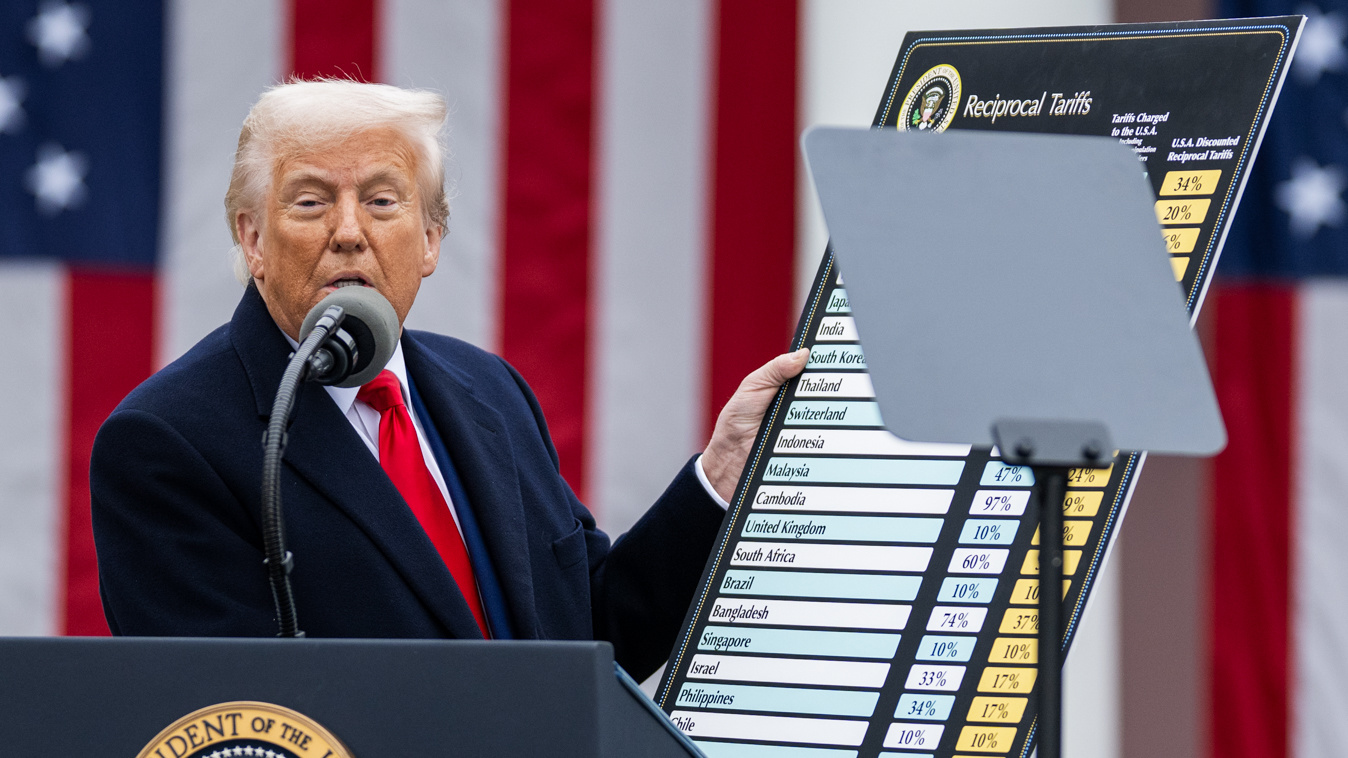Key Points
- U.S. Intelligence Community reports document that China poses the single greatest threat to U.S. economic and national security. Its malign activities include direct threats to the U.S. and our allies, systemic human rights abuses and genocide, and consistent actions to undermine democracies around the world and the rules-based international order.
- The U.S. government’s own WTO compliance reports describe China as a source of harm for U.S. businesses and American workers due to its authoritarian stranglehold on its economy. Yet, China continues to receive normal trade relations with the U.S.
- Removal of China’s MFN status would protect American businesses and workers.
- Removal of permanent normal trade relations with China would apply Column 2 tariff rates to imports from China. At 2022 import values, this would generate an additional $198.7 billion in revenue for the U.S. government.
- Most goods imported from China have currently zero or a very low tariff levied on them. The weighted average of last year’s imports was 2.5% under MFN. The Column 2 tariff rate under MFN removal would result in a 39.9% weighed tariff rate.
MFN Removal Would Generate $198 Billion in Tariff Revenue
Normal Trade Relations, also known as Most Favored Nation (MFN) status under WTO rules, means that imports from the beneficiary country are eligible for all trade advantages that any other country receives. Typically, this is a zero-tariff rate, or a very low tariff if one exists. Currently, based on the total value of 2022 imports, imports from China to the U.S. receive a weighted average tariff rate of 2.5%.
The United States first extended MFN status to China in 1980, but it was subject to annual reauthorization if certain human rights criteria were met. In 2001, Congress made MFN indefinite by granting permanent normal trade relations (PNTR) to China with the hope that broader trade liberalization would propel its political liberalization. Since 2001, the trade deficit with China has grown by about $300 billion to a total of $382.9 billion, by far the largest the U.S. runs with any country. Despite full participation in the global trading system, China remains an authoritarian, non-democratic country.
A removal of Most Favored Nation (MFN) status to China would no longer provide preferential treatment to their imports. As such, imports from China would be assessed tariff rates in Column 2 rather than the current, far lower levels, in Column 1.
Our analysis finds that applying a Column 2 rate would generate $198.7 billion in additional revenue for the U.S. Treasury. This figure is based on applying both Column 2 ad valorem and specific tariff rates by HTS 8-digit line on the value and quantity of imports from China in 2022. The weighted average tariff rate on imports from China would increase to 39.9%. Table 1 shows the top revenue generating goods by tariff line by the largest amount of additional revenue.
Table 1: Top Ten Additional Revenue Generating Commodities by Tariff Line
| Commodity (HTS 8-digit) |
Import Value (2022) | MFN Ad Valorem Rate | Current Revenue (Column 1) | Col 2 Ad Valorem Rate | Column 2 Revenue | Additional Revenue Generated |
| Smartphones (8517.13.00) | $50.2 | 0.0% | $0 | 35.0% | $17.6 | $17.6 |
| Laptop computers (8471.30.01) | $49.2 | 0.0% | $0 | 35.0% | $17.2 | $17.2 |
| Toys (9503.00.00) | $16.3 | 0.0% | $0 | 70.0% | $11.4 | $11.4 |
| Video game consoles (9504.50.00) | $10.2 | 0.0% | $0 | 35.0% | $3.6 | $3.6 |
| Routers (8517.62.00) | $9.6 | 0.0% | $0 | 35.0% | $3.3 | $3.3 |
| Lithium-ion batteries (8507.60.00) | $9.1 | 3.4% | $0.3 | 40.0% | $3.6 | $3.3 |
| Plastic tableware and kitchenware (3924.10.40) | $3.4 | 3.4% | $0.1 | 80.0% | $2.7 | $2.6 |
| Other articles of plastic (3926.90.99) | $3.4 | 5.3% | $0.2 | 80.0% | $2.7 | $2.5 |
| Computer monitors (8528.52.00) | $7.0 | 0.0% | $0 | 35.0% | $2.5 | $2.5 |
| Medicines (3004.90.92) | $6.9 | 0.0% | $0 | 30.0% | $2.1 | $2.1 |
Source: U.S. Census Bureau, U.S. International Trade Commission (USITC)
Note: All figures in billions of U.S. dollars
As the table above shows, many of the largest imported commodities such as smartphones, laptops, and toys manufactured in China currently have no tariff levied on their import into the U.S.
Removing MFN Would Lessen Reliance on China
Removing MFN would generate an additional revenue of $198.7 billion for the U.S. Treasury on top of existing Column 1 tariff revenue and existing Section 301 tariffs levied in 2018. The Section 301 tariffs, not included in this analysis, currently generate approximately $50 billion per year in additional revenue. Most of the Section 301 tariffs are an additional 25% over the MFN rate, while others are 7.5%. While Section 301 tariffs did initially cause some trade diversion as firms relocated production to other countries in order to avoid paying the tariffs, import value in 2022 from China exceeded 2018 levels and have continued to grow in recent years. Even modest levels of trade diversion would generate far above $100 billion in additional revenue.
Over the past several decades, China has engaged in an export-led development strategy to fuel its economic growth without any regard to the commitments they made when they joined the World Trade Organization. Such abuses have been documented annually in USTR’s annual Report to Congress on China’s WTO Compliance. China’s use of forced labor practices and state-supported intellectual property theft have enabled its firms to unfairly undercut U.S. manufacturers’ goods in the domestic market and has led to a growing trade deficit across several key manufacturing industries. A repeal of MFN status for China would mean the end of preferential treatment for Chinese imports and less reliance on China for manufactured goods.
After two decades since China was allowed full acceptance into the global trading system, it has not shown any signs of liberalizing as advocates then hoped. Instead, China has built its economic growth on an export-led, state-subsidized model that unfairly undercuts American producers. Any remaining hope of asserting influence over China’s political development should be abandoned. Removal of MFN status is the logical next policy step to reduce reliance on China.












